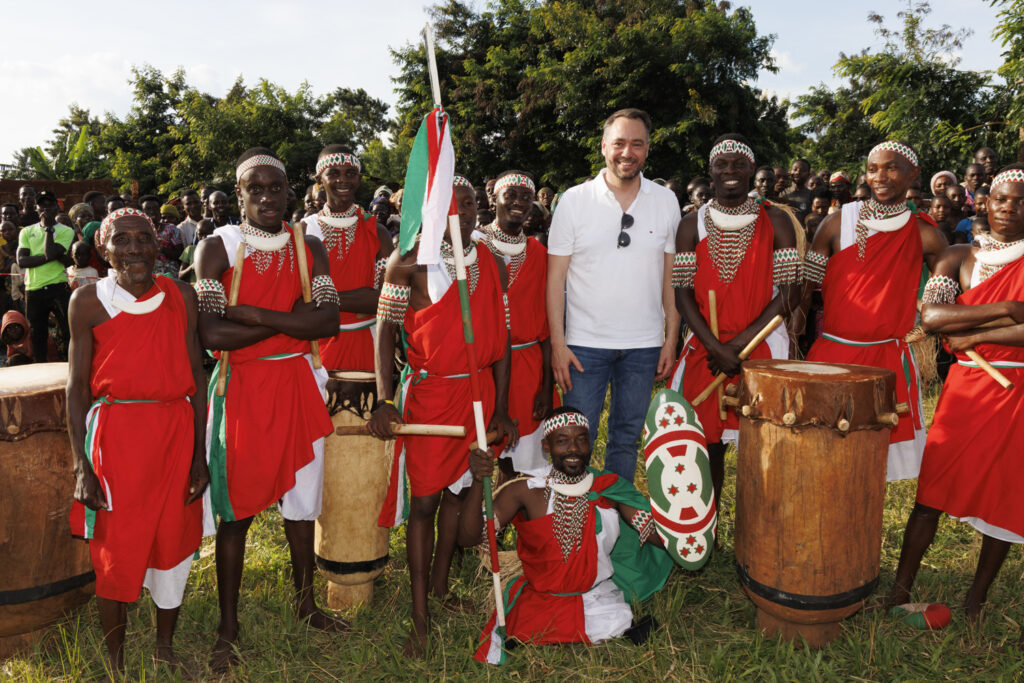Belgian Foreign Minister Maxime Prévot is continuing his tour of the Great Lakes region on Sunday, moving from Burundi to the Democratic Republic of the Congo (DRC) with a focus on the ongoing conflict in eastern Congo.
Prévot began his tour in Uganda on Friday, recognising Burundi as a key stakeholder in addressing violence in Congo. “The spotlight often falls on Rwanda and Congo, but Burundi and Uganda also have troops in eastern Congo,” Prévot stated. “They play a crucial role.”
This visit, the first by a Belgian minister in over a decade, also provided an opportunity to assess the achievements of Belgian development cooperation. The Belgian presence is significant, especially as “only four European countries, soon to be just three, have embassies here: the Dutch recently announced their withdrawal.”
On Saturday afternoon, Prévot travelled to the Cibitoke province, near the Congolese border, where the Belgian delegation was warmly welcomed by the tambours du Burundi. This drum performance, a national symbol, was recognised as UNESCO World Heritage in 2014.
Local farmers in the area grow cassava, rice, maize, and bananas, partly due to the efforts of the Belgian development agency Enabel. “Around 3,500 hectares have been developed here over the past decade,” said Enabel engineer Yeddes Loubaier. Belgian funding enabled the construction of dams on two rivers and a network of irrigation channels. “Previously, only cassava, which requires no water, was grown here,” Loubaier added.
The Enabel project has allowed farmers to harvest three times a year, compared to once or twice before. The profits for 500 farmer groups have significantly increased, as explained during the minister’s briefing. The variety of crops also aids in combating malnutrition.
“The key is maintenance,” stated expert Vénuste Girota. Enabel is developing training programmes and has introduced legislation to support local organisations, allowing Enabel teams to eventually withdraw.
With a budget of €21.6 million for 2024-2028, efforts will continue. By 2028, the agency aims to develop an additional 1,600 hectares with irrigation.

